Looking back to go forward: 50 years of Canadian women’s sport
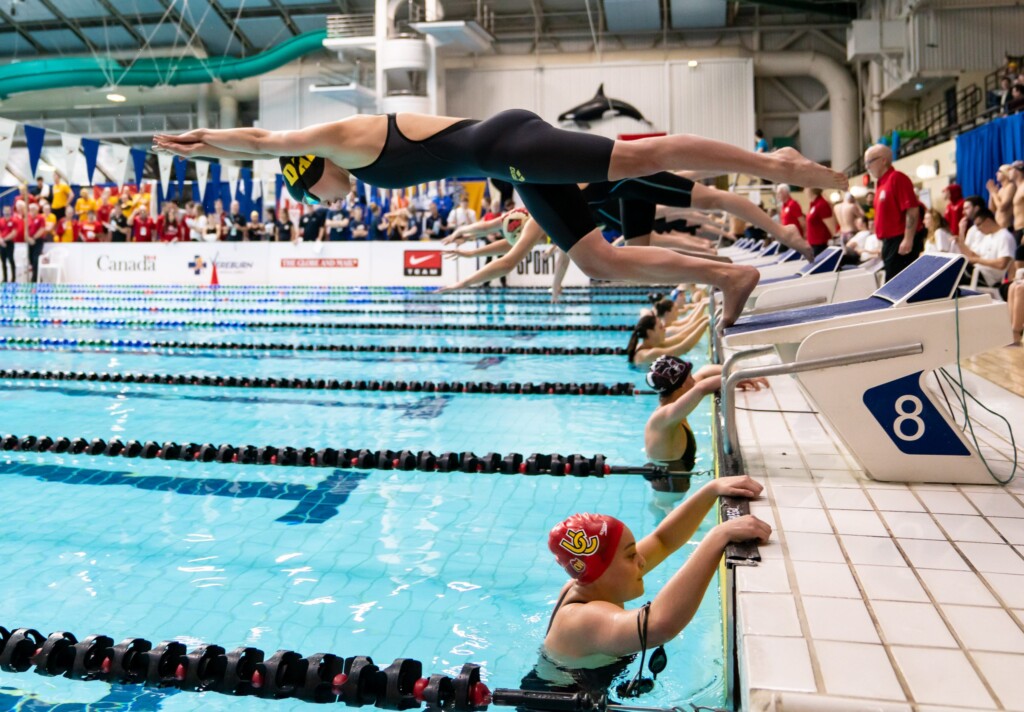
U SPORTS 2020 Swimming Championships at Saanich Commonwealth Place, Victoria, BC, February 2020 (Photo: U SPORTS) Looking back over the last 50 years of women’s sport in Canada, it’s amazing how we have progressed to bring equity, stability, and opportunity, not necessarily in all aspects of sport, but certainly in many. For example, 50 years…
50 years of Indigenous sport in Canada: An overview of 2 key advancements and challenges
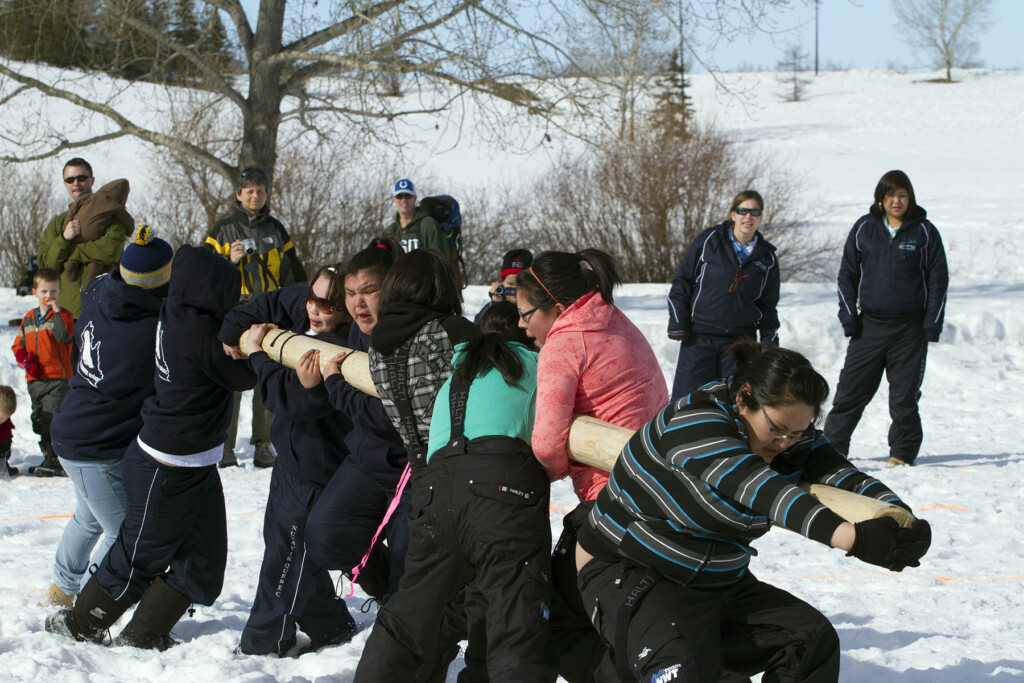
‘Girls’ Pole Push Competition at the Dene Games Competitions’, Arctic Winter Games 2010, Grande Prairie Alberta, March 2010 (Photo: Michael Heine) Imagine what sport in Canada might look like had Indigenous peoples and their cultures not been colonized? Imagine how Canadians might understand who they are and their relationship to each other if Indigenous sports…
The history of Para sport in Canada
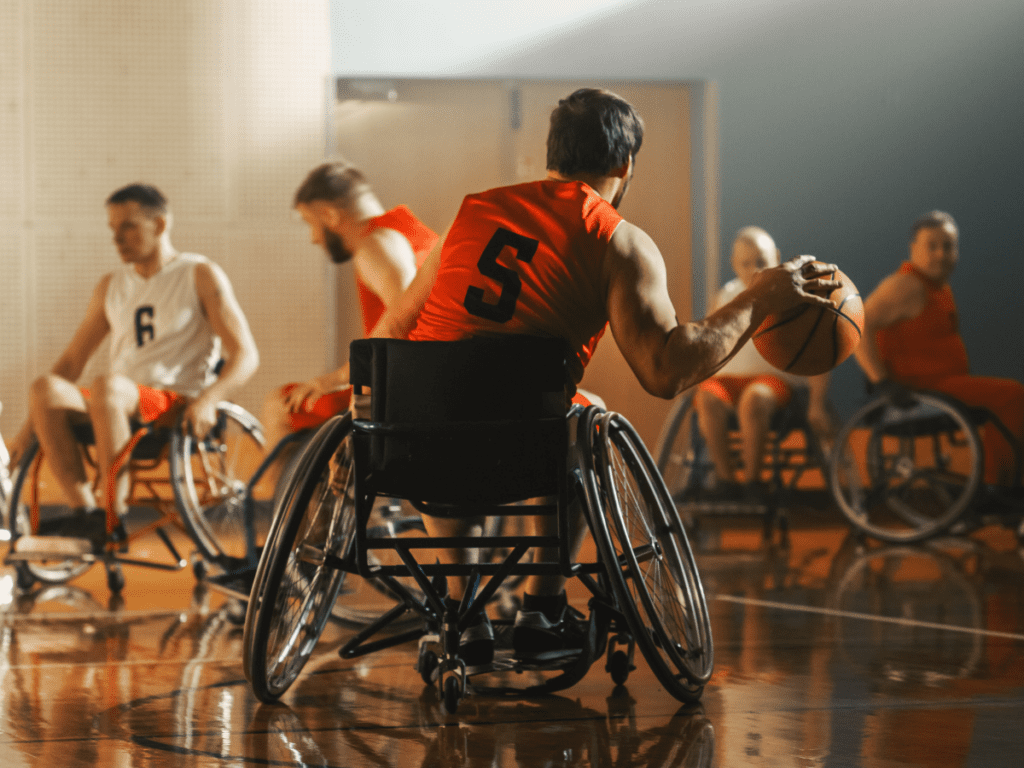
Canada has long been a leader in sport and recreation for persons with disability, and it is astounding to consider the contributions made in the last century. This is found in every aspect of disability sport including those for persons with intellectual impairment, mobility disabilities, and deafness. But for the purposes of this article, the…
Sport for Development and Peace in Canada over the last 50 years
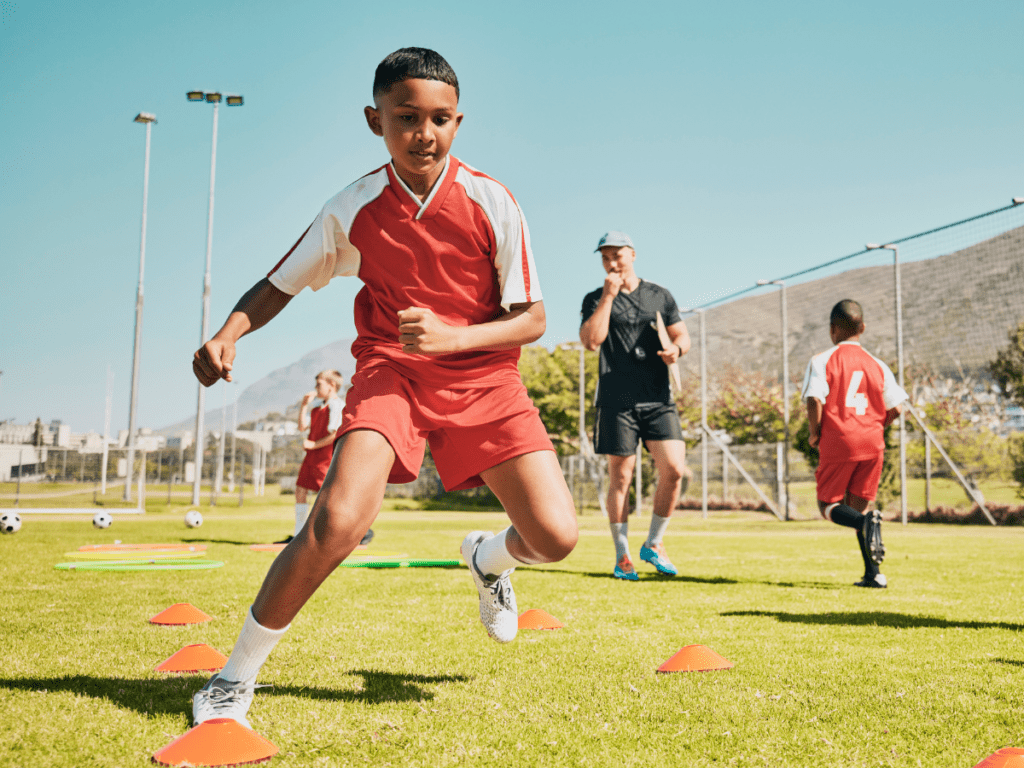
Introduction Sport for Development and Peace (SDP) refers to the organization and mobilization of sport to meet non-sport goals of international development, such as health promotion, gender empowerment, education, and peace building and conflict resolution. The overall field or sector of SDP has grown significantly in the past 50 years, shaped in particular by the…
SIRC at 50: A half-century of shaping Canadian sports through knowledge and collaboration
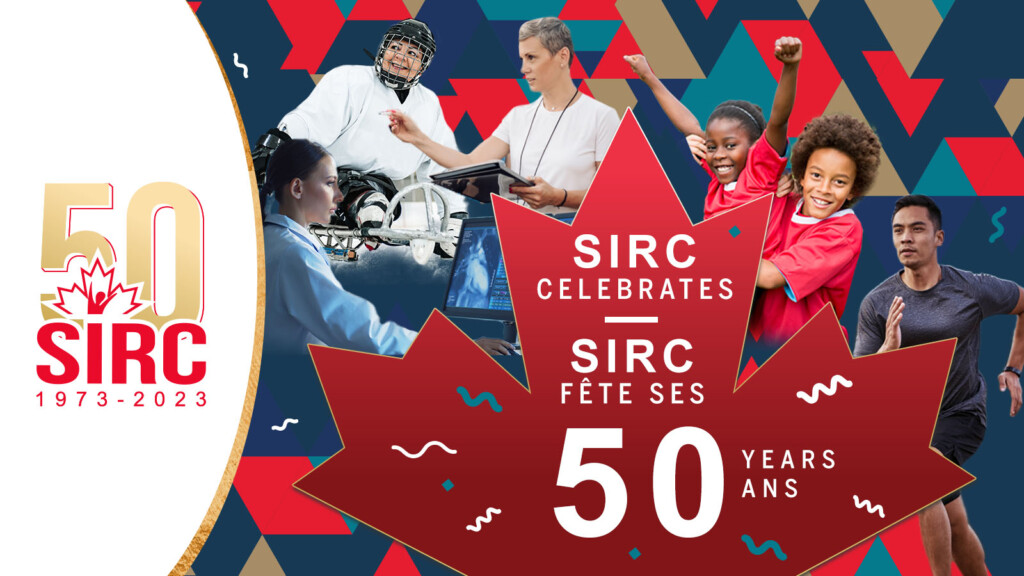
The Sport Information Resource Centre (SIRC) has been a pivotal organization in Canada’s sporting landscape for half a century. Founded with the vision to provide valuable research and knowledge to support the sport community, SIRC along with its partners have played a role in shaping sport in Canada. In this exploration of SIRC’s journey, we’ll…
Anything is Possible: Using Ringette to Support Physical Literacy in the North
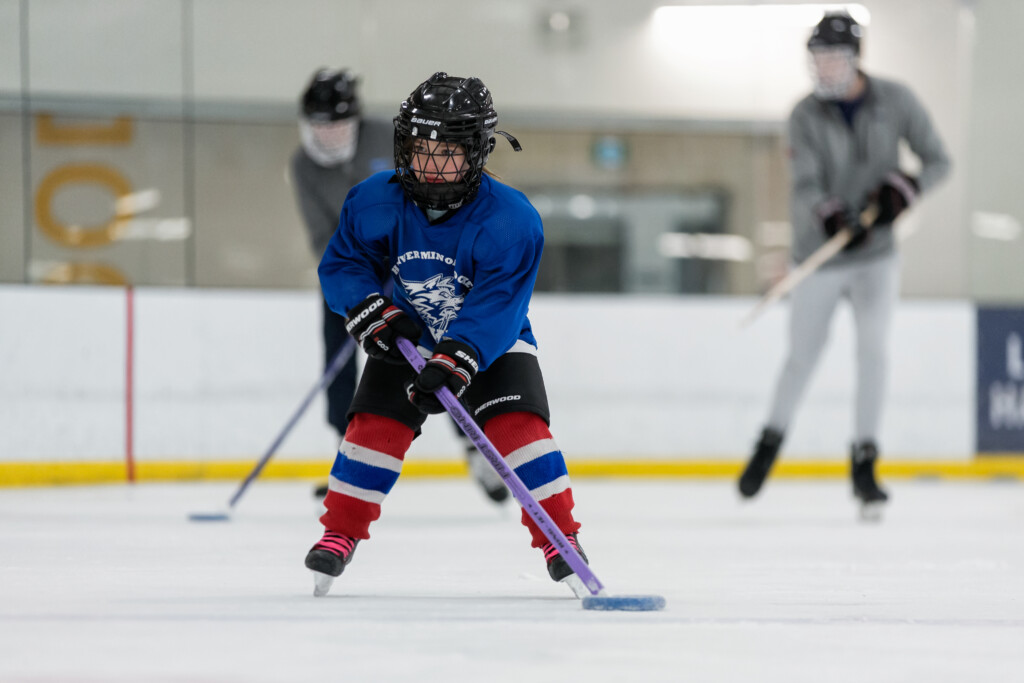
Sport is a vital opportunity for communities in the Northwest Territories (NWT) to stay active and social, particularly during the winter months when daylight is limited and temperatures are frigid. Sport offers a reason for people to come together and keep moving. It was for these reasons, plus a desire to better serve Indigenous communities…
Working together to improve evaluation in the sport sector: Learnings from a research partnership

Evaluating programs is crucial for sport organizations. For example, evaluation can be used to demonstrate the impact of programs to funding agencies (like Sport Canada) or inform changes in programming to better serve sport participants. However, many sport organizations lack the time, money, or knowledge and experience to effectively undertaken evaluation work (Mitchell & Berlan,…
The challenges of shifting to a safer sport culture: High performance coach and administrator perspectives
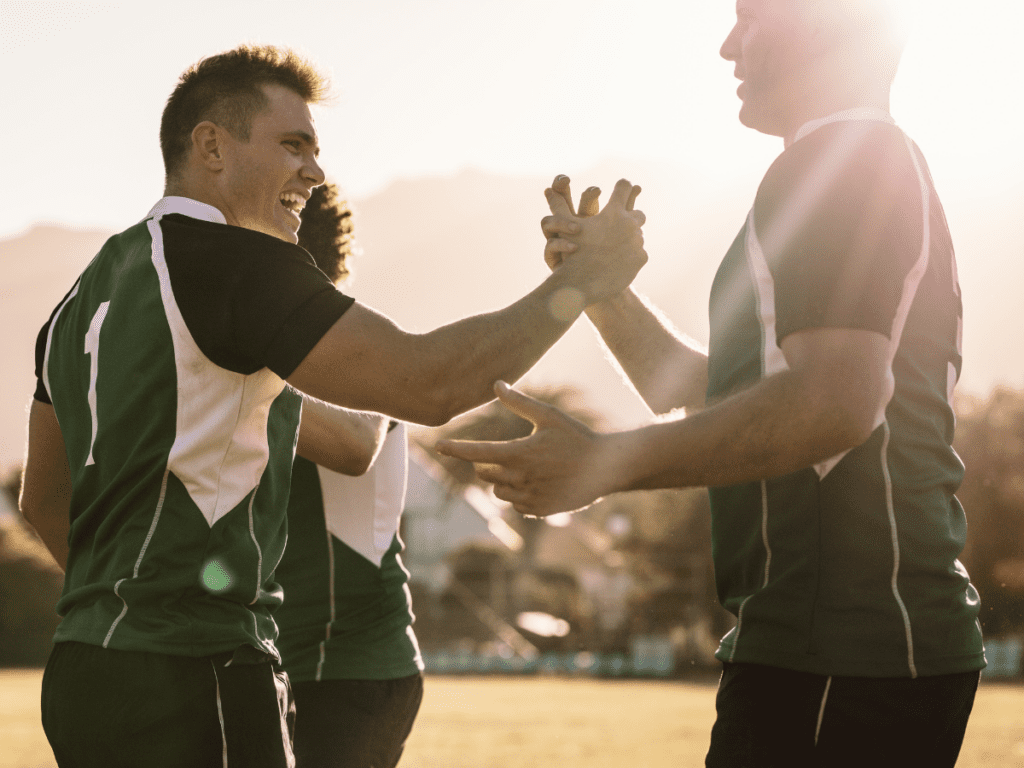
Highlights The calls for culture change across sports in Canada are persistent and louder than ever. Through our program of systematic research, we have listened to and shared high performance athletes’ perspectives about what appear to be accepted (or at least tolerated) unsafe behaviours and practices in sport. Tolerance of unsafe behaviours and practices reflects…
Best practices in Concussion in Sport: Updates from the Amsterdam International Consensus Statement

Highlights: Introduction People involved in sport tend to know someone who has had a concussion. Concussions are brain injuries that happen after direct hits to or transmitted indirectly to the head. Concussions lead to many different symptoms reported by the injured athlete or sport participant and by other individuals observing signs (Davis et al., 2023a).1…
Rural children and their communities leading the way toward the enhancement of sports and recreation
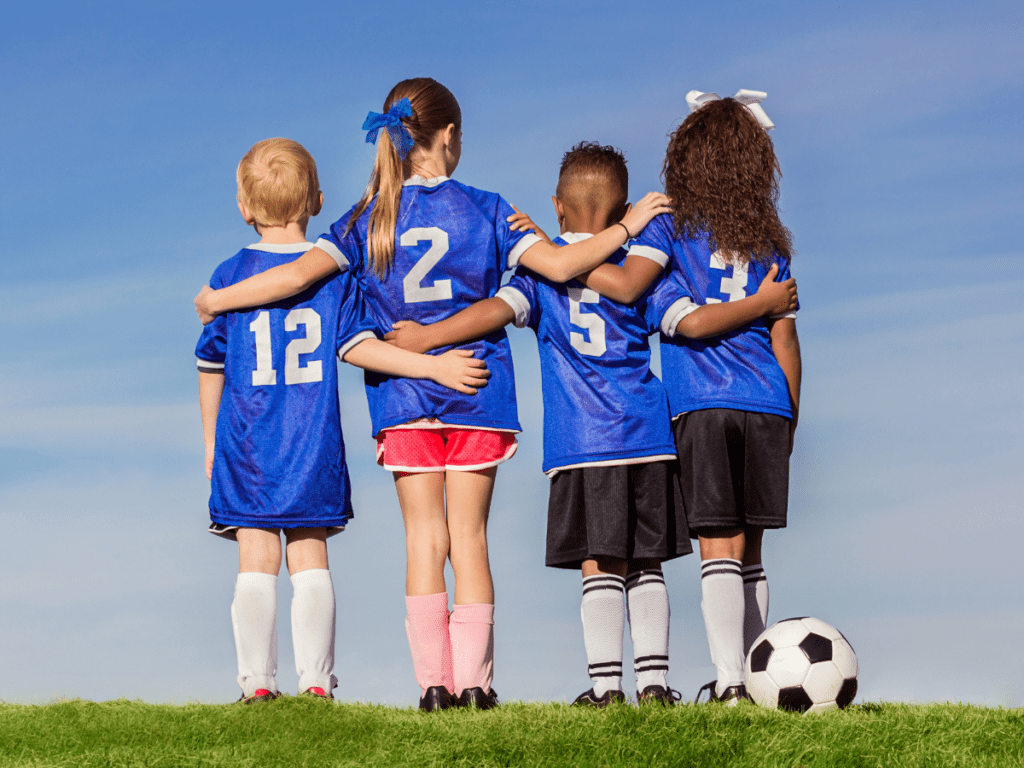
View the summary of this research here. The purpose of the study was to engage rural preadolescent children in the development of research questions that are relevant and meaningful to exploring their participation and commitment to sport and other recreational activities. The three objectives were 1) To understand the children’s experience in participation of sport,…